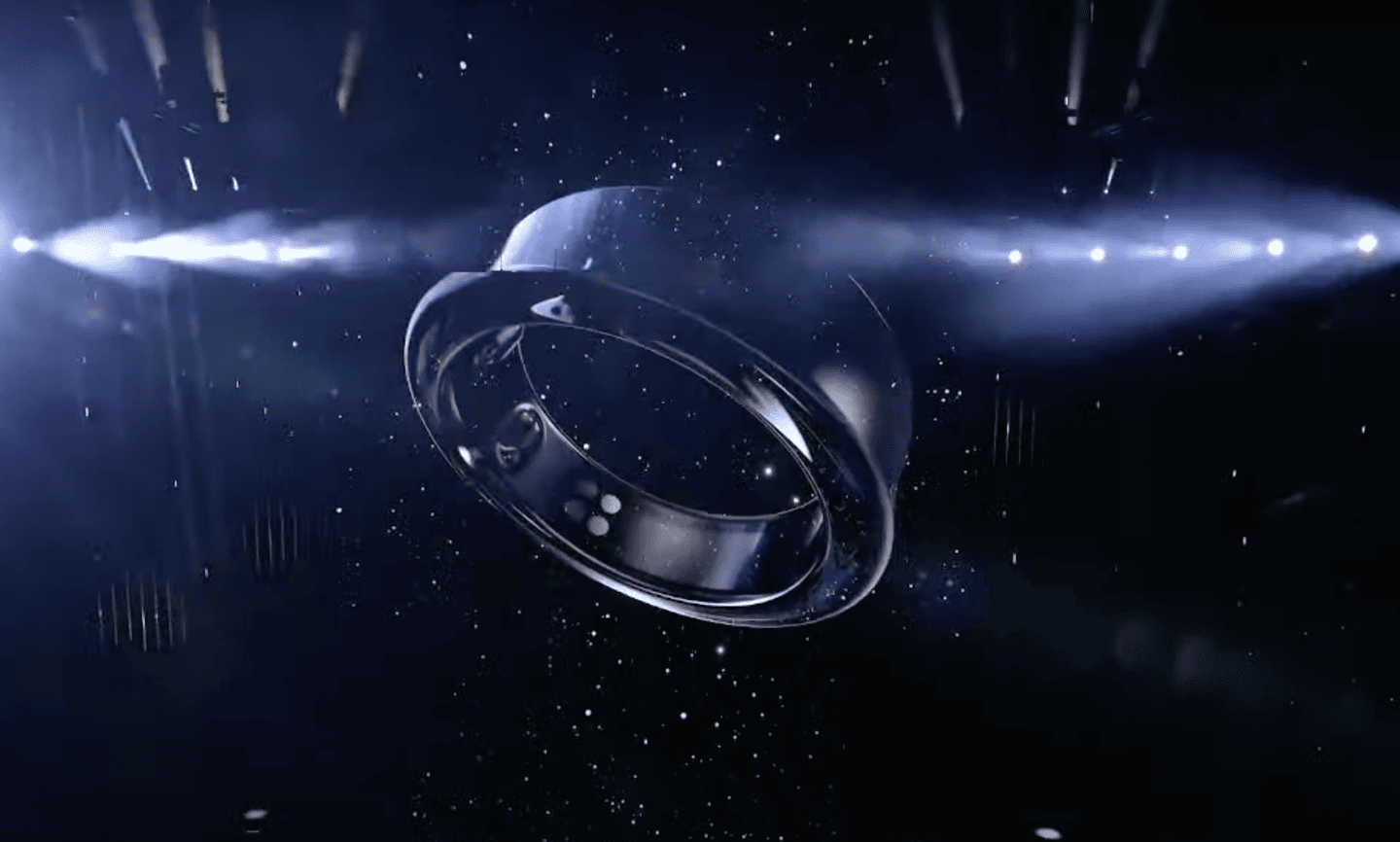
Samsung has just announced their Samsung Galaxy Ring, and with it, provided approximately zero details, except a pretty picture. But sometimes, a pretty picture speaks quite a bit.
To set the stage, literally, they had just finished talking about a handful of Samsung Health software updates that’ll be coming over the remainder of the year, including a daily readiness type score, as well as slightly more detailed sleep tracking. At that point, the screen went to black, and the announcer said:
“And today, we’re taking the possibilities of Samsung Health to the next level, by bringing Samsung’s Health cutting innovations to a brand new form factor.
We’ve created a powerful and accessible health and wellness device, here to change the shape of future health like only Samsung can. Meet the Galaxy Ring.”
We see a ring rotate briefly in a few directions over the course of about 8-10 seconds with no voice over or further information.
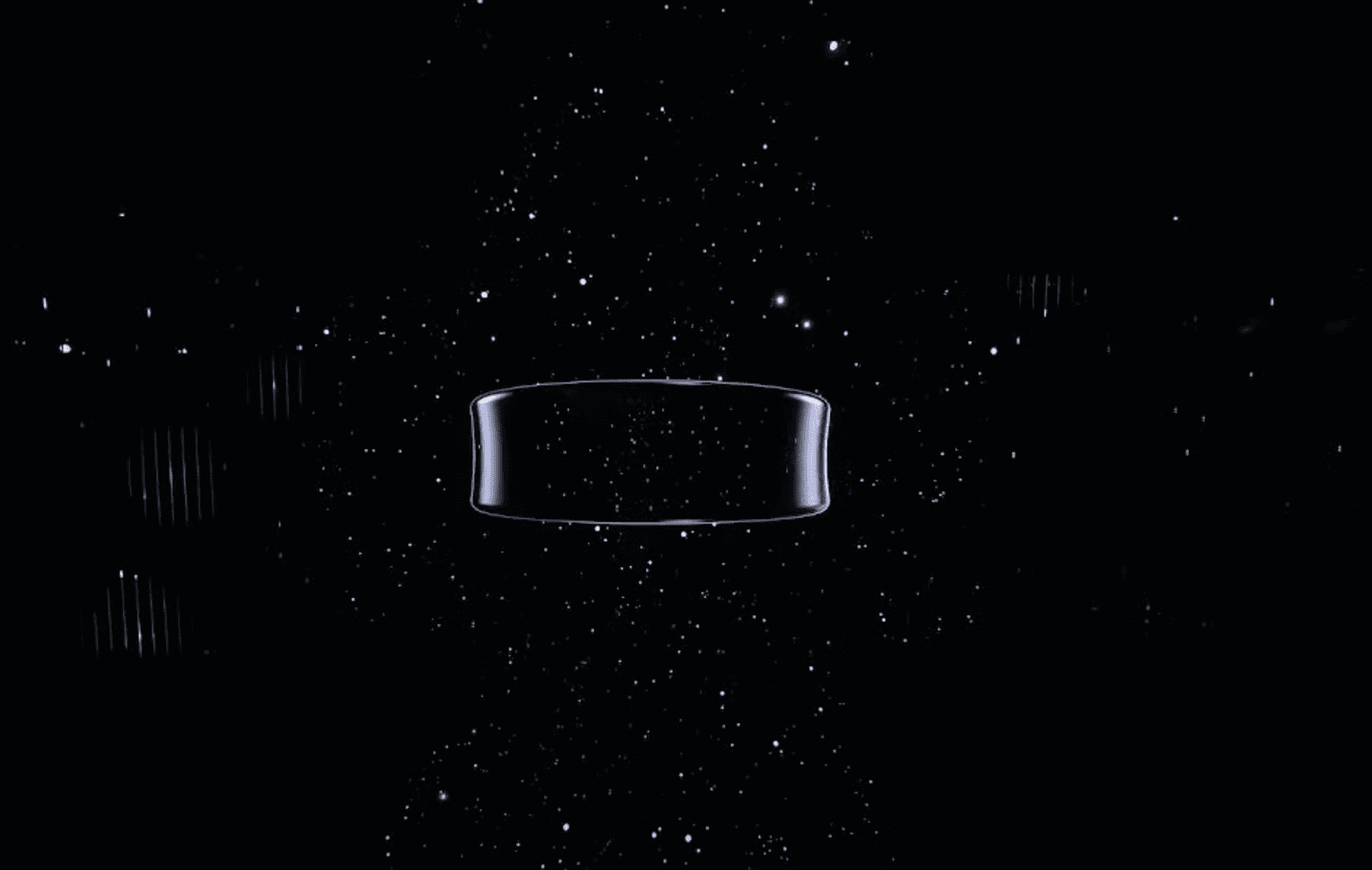
Then ring disappears like a shooting star into the…well…stars, and then the entire presentation is over.
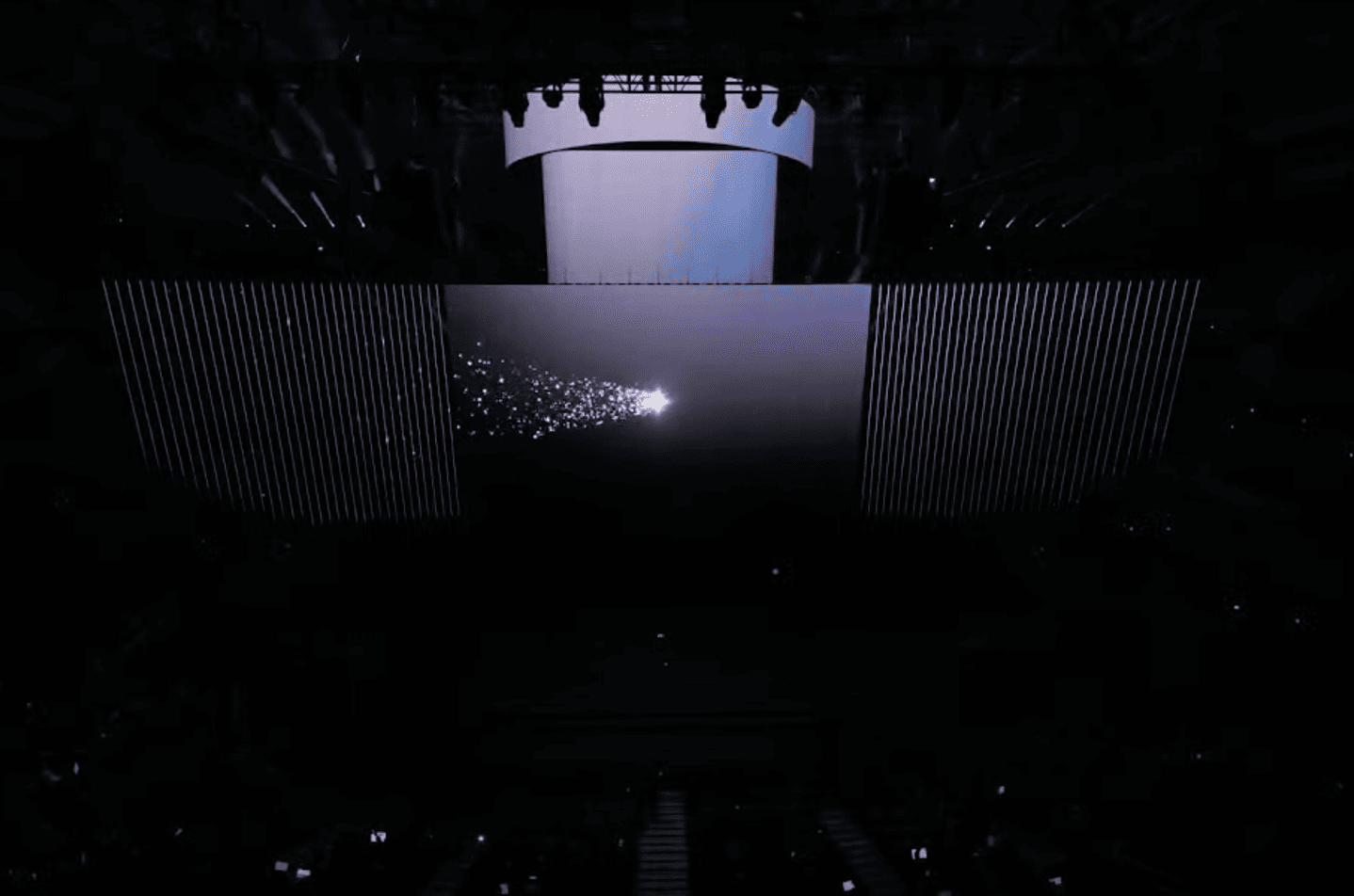
Still, there are a few minor clues in there, albeit, minor is the keyword. To begin, you’ll see it’s got three sensor bumps, just like the Oura ring has, you can see those three little bumps on the inside of the ring. These three bumps, seen towards the inside bottom/right portion of this (rotating) image:
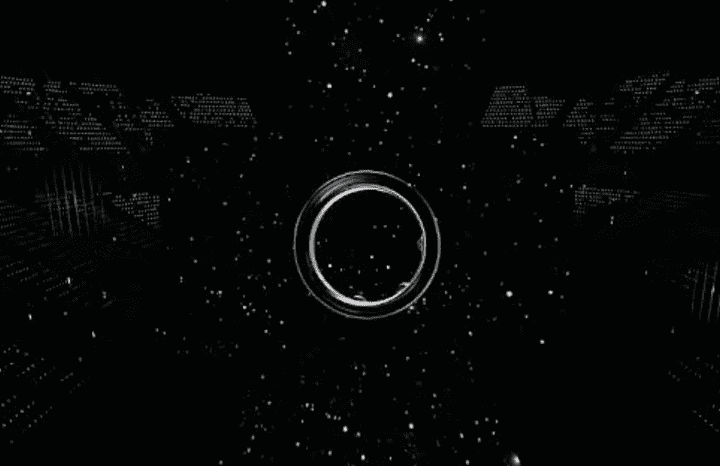
In the case of Oura, these three bumps are the infrared sensors. These infrared sensors are primarily used for sending light in conjunction with red LED’s into the skin to determine blood oxygen levels. It’s extremely likely these do the same thing here for Samsung. However, Samsung’s bumps are more elongated than Oura’s are (which are more round). You can see this in the earlier photos up higher in the post. This leads me to believe it’s not just reselling Oura’s existing rings, as we’d likely see it identical for key sensor areas like this. However, it wouldn’t surprise me if they are licensing components of it protected by patents.

The next thing we see is four small copper-looking pins. Assuming I’ve counted my rotations correctly, we only see a single set of these on one side. This is similar to what we see for Oura and their 8-dots. These are not charging pins though, as Oura actually charges technically wirelessly (against the thicker main portion of the ring, something you can actually validate/test when you have a much smaller ring charger than the size you bought). Instead, these pins are likely used in the manufacturing process, typically for loading/updating software and other validation pieces.
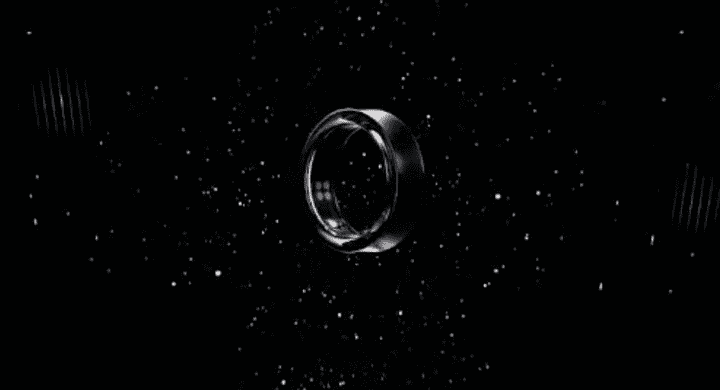
What’s too hard to see in all the imagery, is any other bits on the inside of the ring. While these wouldn’t likely give much away, it’s not shown here. These would likely be additional LED’s for regular heart rate tracking, plus of course things mostly unseen like temperature sensing, and internal sensors for accelerometers and gyros. It’s highly unlikely there’s any GPS in this ring, as that’s far too big a battery burn for a small device like this.
Beyond that though, we’ve got virtually no details. Of course, Oura has been in the market a long time with multiple versions, and had success within their realm. We’ve also seen a few other companies enter the space, though, none have really managed the sticking power of Oura. Likewise though, Oura hasn’t seemed to break-out into becoming a household product/name (like a Fitbit did years ago).
Part of the challenge ring companies face is the sales/distribution process is cumbersome and fraught with sticking points. This is mainly because the rings must be sized appropriately, and more specifically, sized to which finger you want to put it on (since each finger on your hand sizes differently). Oura ‘solves’ that problem by first sending you a ring sizing kit like below, as part of the ring ordering process:

Then, once you receive the sizing kit, you go online to Oura’s portal and complete the process. They recommend you wear the sizing ring for at least 24hrs, to see how it feels, and ensure it doesn’t meander about (since that reduces accuracy of the data). Of course, none of these are hard or difficult things to do, but they are in effect massive barriers compared to the one-click purchase of most other watches and wearables (especially in a store setting).
Of course, the big difference between Oura and Samsung is that Samsung has tons of floor space already with retailers globally, and sticking a sizing kit somewhere is a relatively trivial thing. Likewise, Samsung has a long history of seeing their watches as effectively carrots to be given away at highly discounted prices (even before launch day), with the aim of selling their phones and other devices. I would fully expect Samsung to do the same here. To them, this is about getting you into the ecosystem, more than about selling you a standalone product.
In any case, it’ll be interesting to see where this goes. My assumption here is that this will launch this summer (in some capacity) alongside their usual slate of watches in the late July/early August timeframe (when they annually tend to release watches).
Thanks for reading!


0 Commentaires